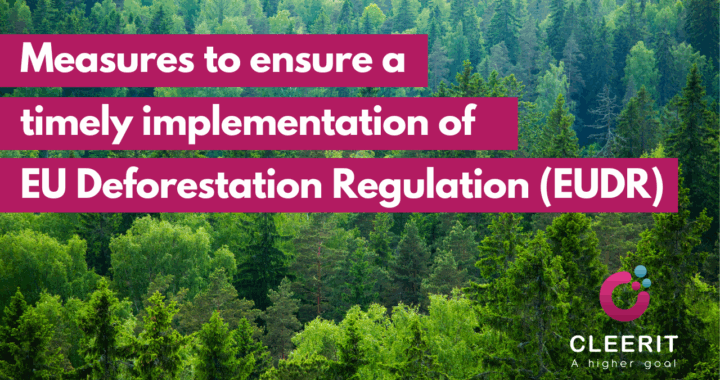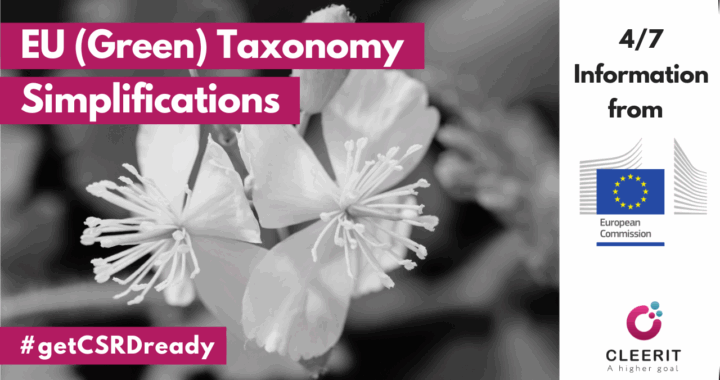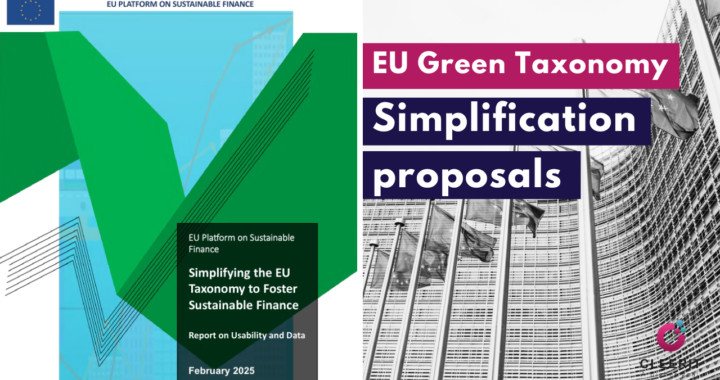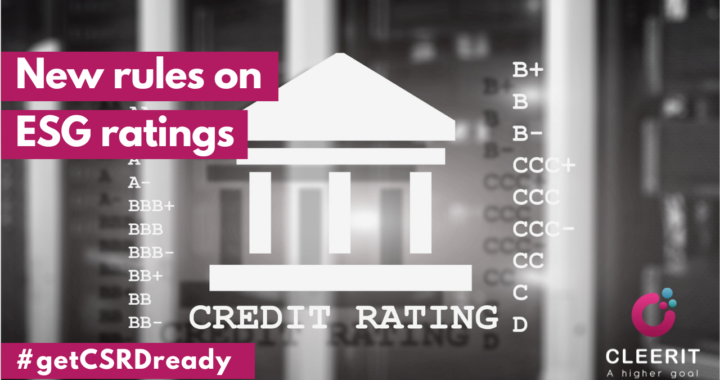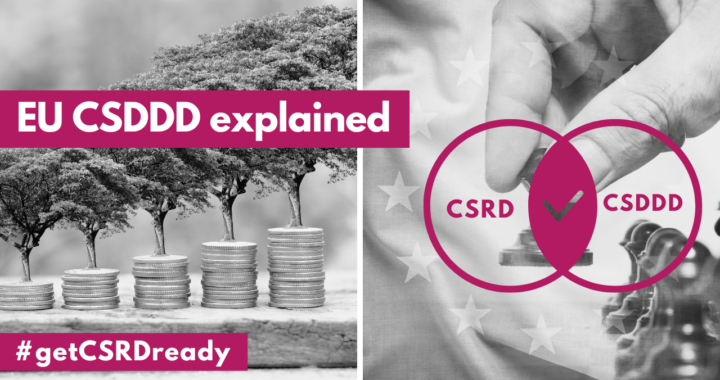Yesterday (21/10) the European Commission proposed targeted measures to ensure the timely implementation of EU Deforestation Regulation, EUDR, a key initiative to fight deforestation:
⭕ For large and medium companies, the entry into application of the EUDR remains 30 December 2025, but to ensure a gradual phase-in of the rules, they will benefit from a grace period of six months for checks and enforcement.
⭕ For micro- and small enterprises, the EUDR will enter into application one year later, on 30 December 2026.
⭕ Downstream operators and traders should no longer be obliged to submit due diligence statement, meaning that only one submission in the EUDR IT system at the entry point in the market will be required for the entire supply chain.
Downstream operators and traders are those that commercialise the relevant EUDR products once they have been placed on the EU market, for example, retailers or large EU manufacturing companies.
The reporting obligations and the responsibility would then be focused on the operators placing first the products on the market.
⭕ Micro and small primary operators would only submit a simple, one-off declaration in the EUDR IT system.
When the information is already available, for instance in a Member State database, the operators do not have to take any action in the IT System themselves.
This simplification replaces the previous need for regular submissions of due diligence statements.
📅 Next steps
The European Parliament and the Council will now discuss the Commission’s proposal. They would need to formally adopt the targeted amendment of the EU Deforestation Regulation before it can come into effect.
The Commission calls on the European Parliament and the Council to swiftly adopt the proposal for an extended implementation period by the end of year 2025.
Source: Commission proposes targeted measures to ensure the EU Deforestation Regulation
⭕ ESRS E4, datapoints 24.d and 38.a, require companies to disclose adopted policies to address deforestation and relevant metrics.
👉 Read more and download the EU guide to understanding deforestation due diligence obligations here: https://cleeritesg.com/index.php/2025/03/06/eudr-compliance-a-guide-to-understanding-deforestation-due-diligence-obligations/
EUDR, CSRD, ESRS, ESG, SustainabilityReporting, SustainabilityGovernance
